Genomes of six viruses that infect Asgard archaea from deep-sea sediments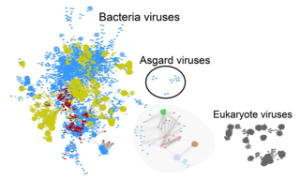
Read more in the UT press release here.

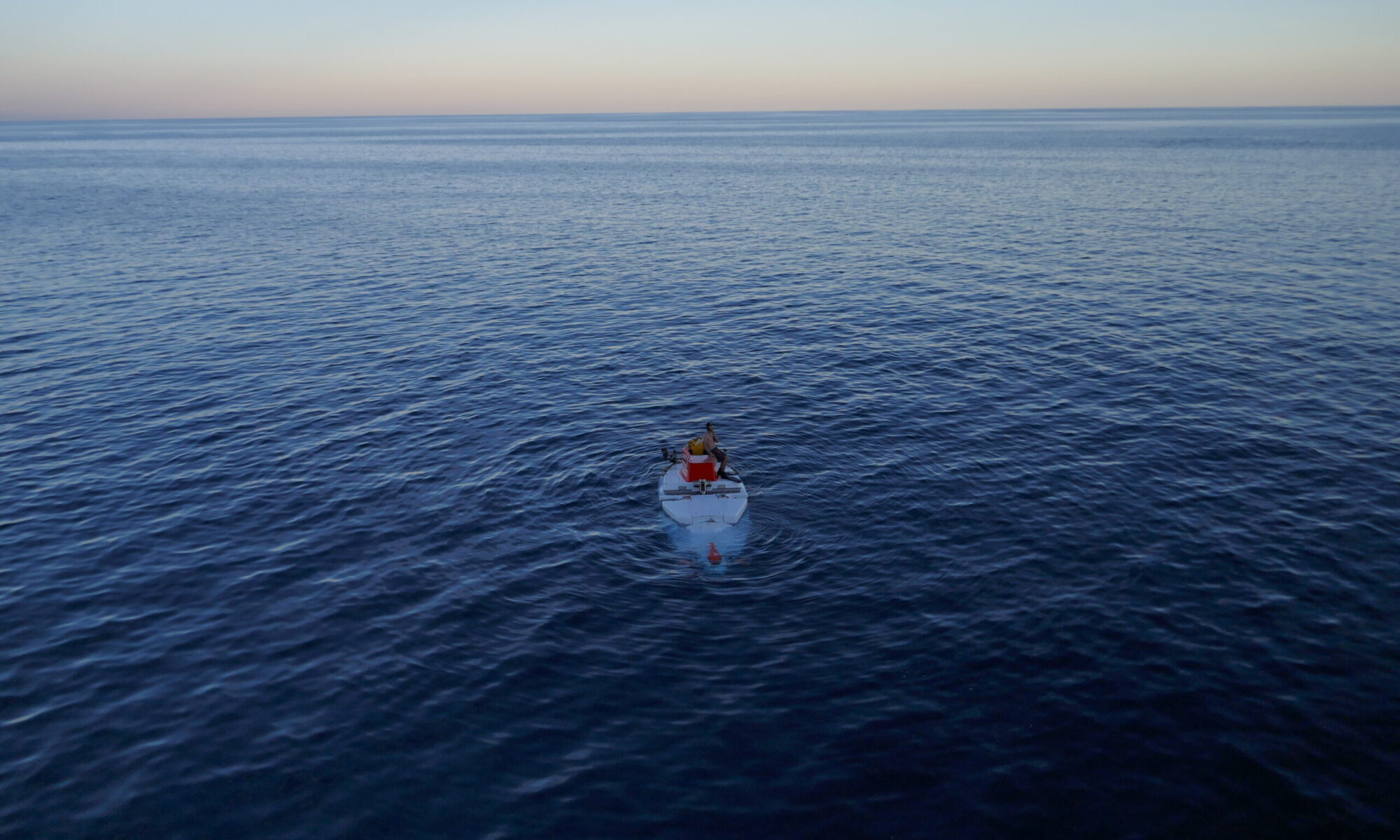
We use culture independent techniques (genomics, transcriptomics, and proteomics) to understand the ecology and evolution of microbial communities.
Genomes of six viruses that infect Asgard archaea from deep-sea sediments
Read more in the UT press release here.

Reduced substrates produced by the serpentinization reaction under hydration of olivine may have fuelled biological processes on early Earth. To understand the adaptive strategies and carbon metabolism of the microbes in the serpentinizing ecosystems, we reconstructed 18 draft genomes representing dominant species of Omnitrophicaeota, Gammaproteobacteria and Methanobacteria from the Manleluag serpentinizing spring in Zambales, Philippines (hyperalkaline and rich in methane and hydrogen). Phylogenomics revealed that two genomes were affiliated with a candidate phylum NPL-UPA2 and the references of all our genomes were derived from ground waters, hot springs and the deep biosphere. C1 metabolism appears to be widespread as most of the genomes code for methanogenesis, CO oxidation and CO2 fixation. However, likely due to the low CO2concentration and election acceptors, the biomass in the spring was extremely low (<103 cell/ml). Various Na+ and K+ transporters and Na+-driving ATPases appear to be encoded by these genomes, suggesting that nutrient acquisition, bioenergetics and normal cytoplasmic pH were dependent on Na+ and K+ pumps. Our results advance our understanding of the metabolic potentials and bioenergetics of serpentinizing springs and provide a framework of the ecology of early Earth.
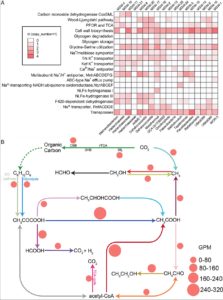
Deltaproteobacteria, now proposed to be the phyla Desulfobacterota, Myxococcota, and SAR324, are ubiquitous in marine environments and play essential roles in global carbon, sulfur, and nutrient cycling. Despite their importance, our understanding of these bacteria is biased towards cultured organisms. Here we address this gap by compiling a genomic catalog of 1,792 genomes, including 402 newly reconstructed and characterized metagenome-assembled genomes (MAGs) from coastal and deep-sea sediments. Phylogenomic analyses reveal that many of these novel MAGs are uncultured representatives of Myxococcota and Desulfobacterota that are understudied. To better characterize Deltaproteobacteria diversity, metabolism, and ecology, we clustered ~1,500 genomes based on the presence/absence patterns of their protein families. Protein content analysis coupled with large-scale metabolic reconstructions separates eight genomic clusters of Deltaproteobacteria with unique metabolic profiles. While these eight clusters largely correspond to phylogeny, there are exceptions where more distantly related organisms appear to have similar ecological roles and closely related organisms have distinct protein content. Our analyses have identified previously unrecognized roles in the cycling of methylamines and denitrification among uncultured Deltaproteobacteria. This new view of Deltaproteobacteria diversity expands our understanding of these dominant bacteria and highlights metabolic abilities across diverse taxa.


The start of it all (from The Texas Scientist magazine)
Dinosaurs, daisies, starfish and humans are all made up of cells containing tiny biological hitchhikers. In all complex life, each cell has an energy-producing organelle that has its own DNA and looks and acts suspiciously like bacteria. In animals, they’re called mitochondria; in plants, they’re called chloroplasts.
How they got there is an open question and one researchers like Brett Baker, a faculty member in The University of Texas at Austin Department of Marine Science, explore. Baker thinks the answer may go something like this:
About 2 billion years ago, a microbe called an archaeon gobbled up a free-floating bacterium, and it worked well for both parties. The bacterium provided new energy sources to the archaeon, which in turn provided safety and nutrients.
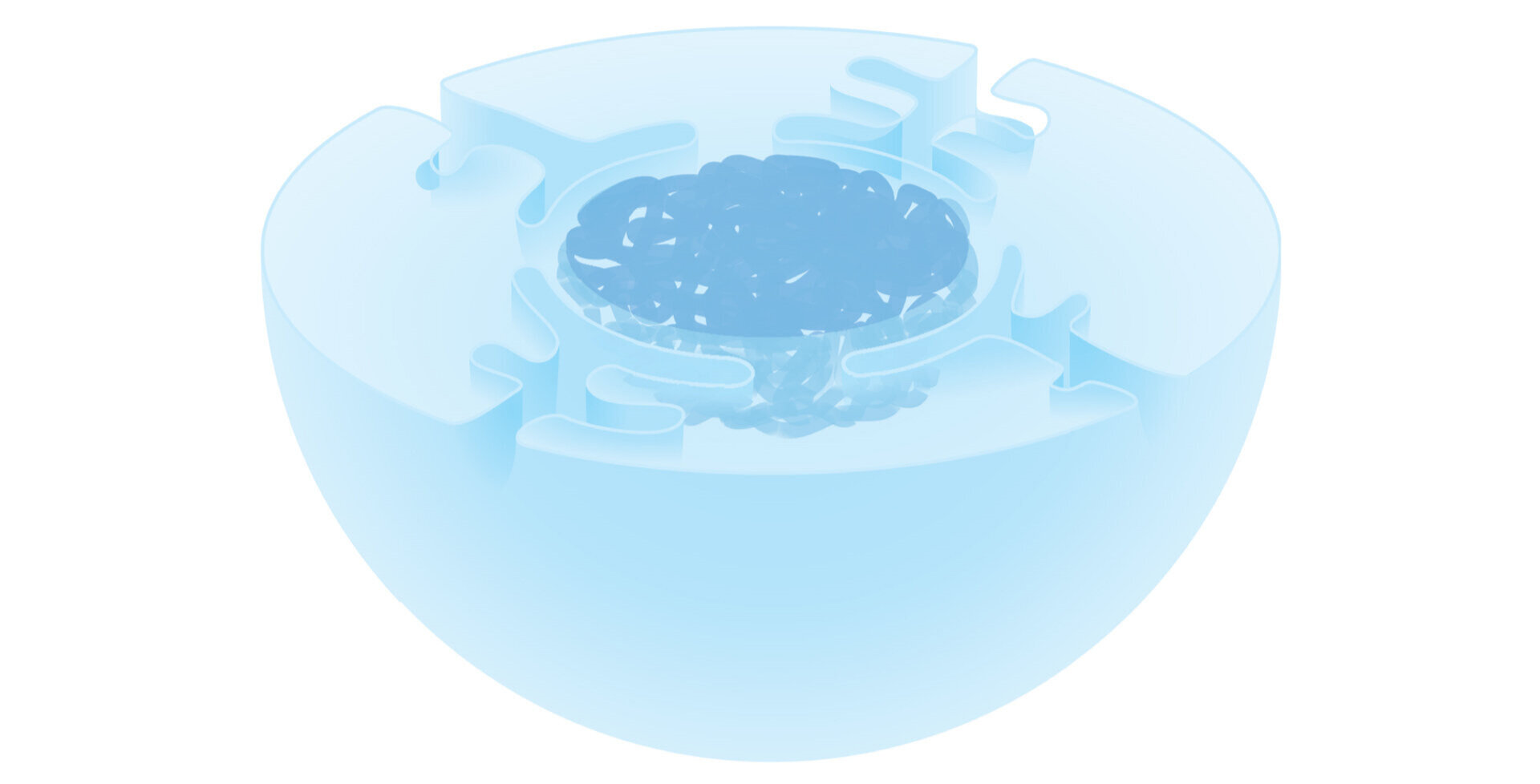
Early Archaeon

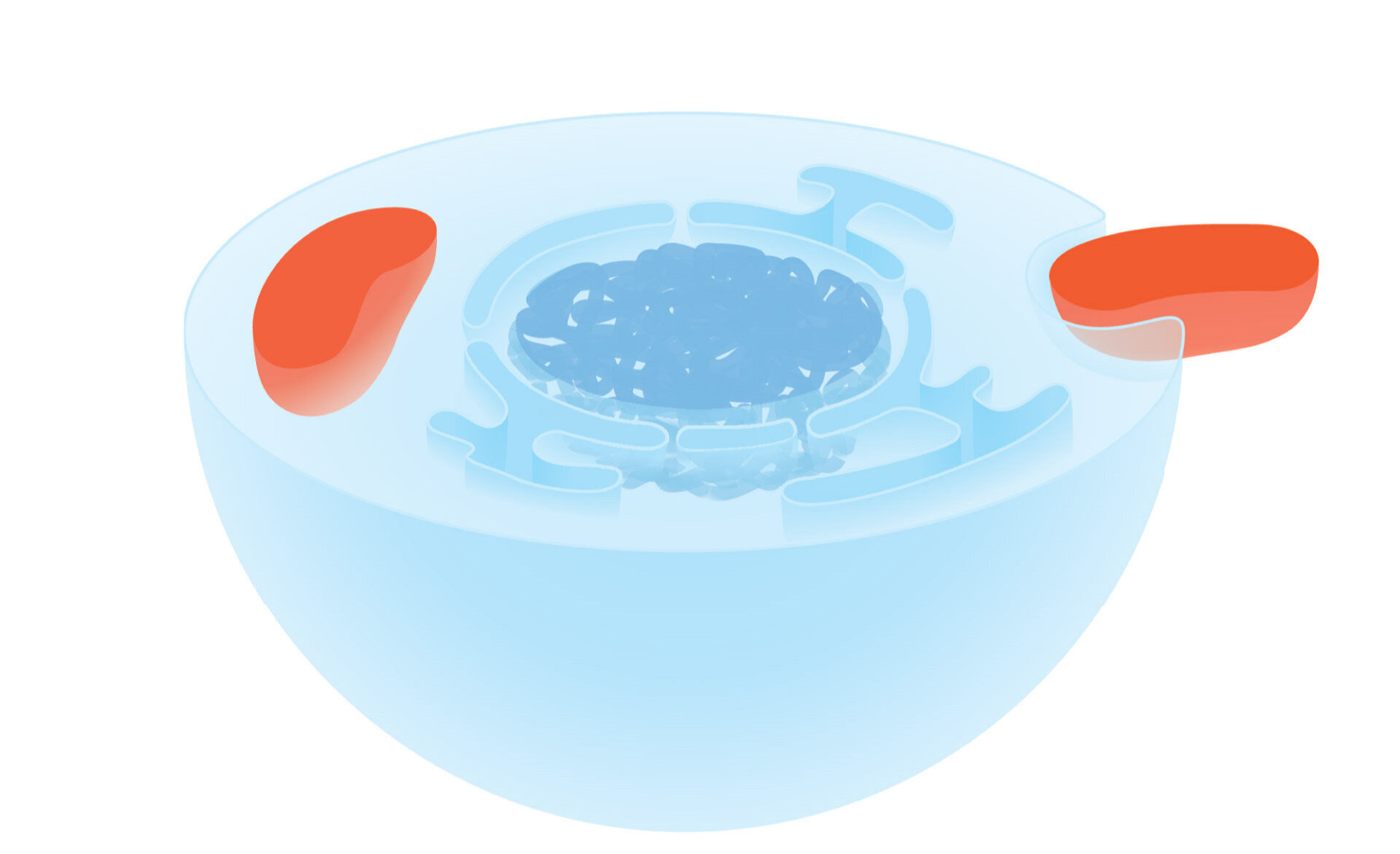
Over time the two previously free-living microbes spawned a single, hybrid offspring — the first eukaryote.
All complex, multicellular life on the planet evolved from this new lifeform.
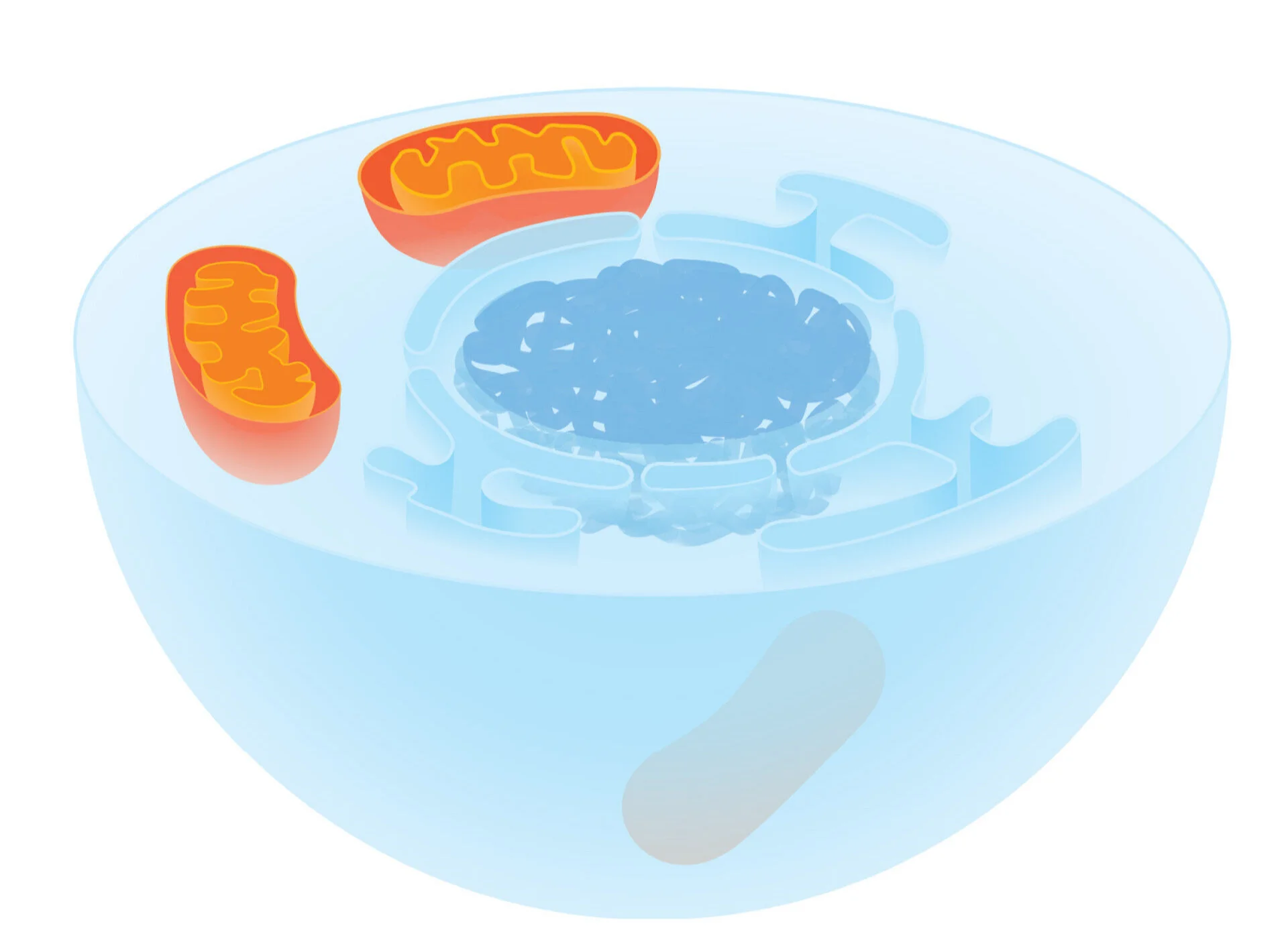
Baker and his colleagues have uncovered evidence that a recently discovered group of microbes, called the Asgard archaea, were the original hosts to give rise to all eukaryotes, including us humans. With support from the Moore-Simons Project, the scientists are now investigating which Asgards are most closely related to eukaryotes and further exploring their physiological interactions and cellular structure.
Brockarchaeota, a new archaeal phylum with unique and versatile pathways for carbon cycling
With some sadness, I announce the publication of new Archaea recovered from hot springs around the world. Named Brockarchaeota in honor of microbio pioneer Thomas Brock. Tom recently passed away, but told me he was honored.

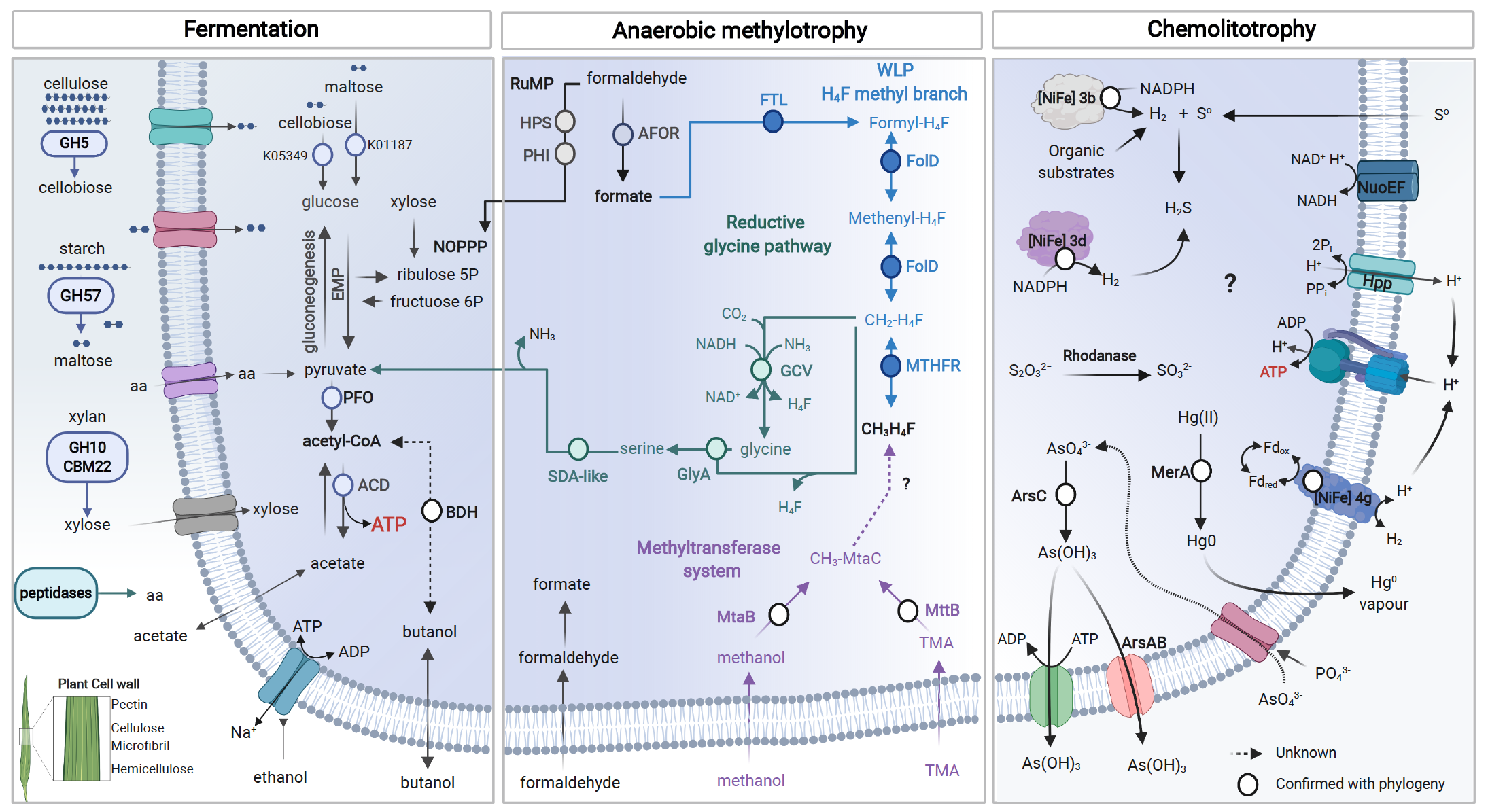
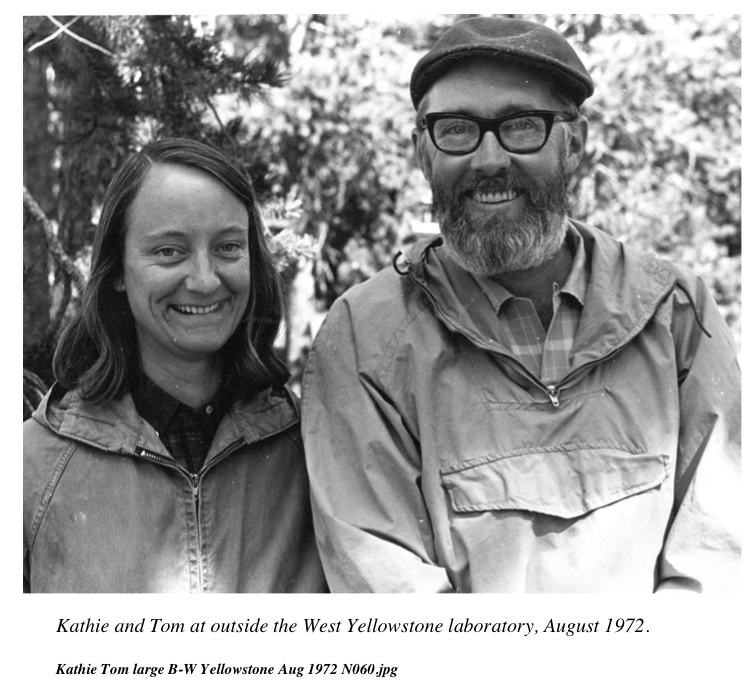
A new research initiative will shed light on how the origin of complex life evolved through symbiosis. The project will be the latest from the Brett Baker laboratory at The University of Texas at Austin’s Marine Science Institute, which made recent discoveries of new organisms called Asgard archaea, named after Norse gods, and their metabolisms.
The Asgards are commonly found at the bottom of the ocean near hydrothermal vents, and these discoveries brought scientists closer to understanding how more complex life, known as eukaryotes, came to be. The Moore–Simons Project on the Origin of the Eukaryotic Cell has awarded a grant to Baker and his colleagues (Dr. Thijs Ettema Wageningen at University in the Netherlands, Dr. Mark Ellisman at University of California San Diego, and Dr. Roland Hatzenpichler at Montana State University) to prove or disprove ideas about the origin of complex life.
There is currently a fundamental gap in the understanding of the origin of eukaryotes (including plants and animals). The leading theory is that eukaryotes, with their complex cells full of organelles encased in a cellular membrane, evolved when one simple organism absorbed another, its bacterial symbiont. The recently discovered Asgard archaea are the closest relatives of eukaryotes known and are a descendant of the host of this relationship that led to the first eukaryotic cells. Studies of these Asgard microbes are revolutionizing our understanding of the origin of eukaryotic life.
There are several competing hypotheses on the biological and physiological interactions that led to the symbiotic origin of eukaryotes, and the newly funded research will advance our understanding of this relationship. Scientists know that the evolution of mitochondria material was a pivotal point in eukaryotic evolution because these organelles have their own DNA and are important powerhouses of the eukaryotic cell, creating most of the chemical energy. Recent evidence collected by this team indicate that this absorption may have first occurred in an Asgard host microbe when it took over a bacteria – that has the genes and proteins to produce energy.
The new initiative, supported with nearly $2 million from the Moore-Simons Project on the Origin of the Eukaryotic Cell, will allow Baker and colleagues to determine which Asgards are most closely related to eukaryotes and further explore their physiological interactions, and cellular structure.
“Our research will transform our understanding of the microbial interactions that led to the formation of eukaryotic life on the planet,” says Baker.